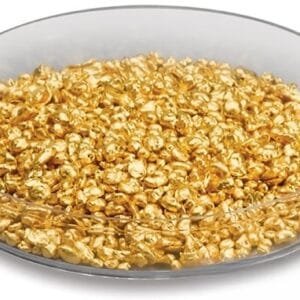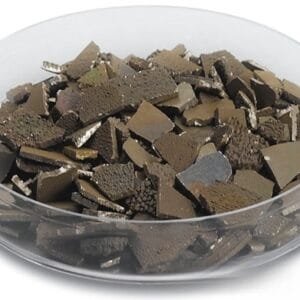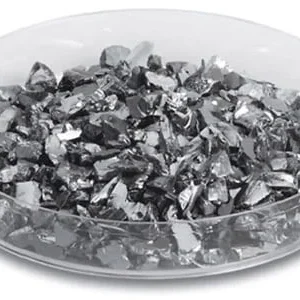| Material Type | BixSb1-xTe |
| Symbol | BixSb1-xTe |
| Melting Point (°C) | |
| Theoretical Density (g/cc) |
| Z Ratio | |
| E-Beam | |
| E-Beam Crucible Liner Material | |
| Temp. (°C) for Given Vap. Press. (Torr) | |
| Comments |
BixSb1-xTe Pellet Evaporation Material
TFM offers high-purity BixSb1-xTe Pellet Evaporation Material, a key compound for thermoelectric applications, thin-film deposition, and semiconductor research. Known for its exceptional thermoelectric properties, this material is widely utilized in energy conversion devices, infrared sensors, and advanced electronic components.
Key Features and Advantages
High Purity (99.99% – 99.999%) – Ensures optimal performance in thin-film deposition and thermoelectric applications.
Thermoelectric Efficiency – Provides high thermoelectric power factor for energy conversion devices.
Optimized for Thin-Film Deposition – Ideal for thermal evaporation and E-beam evaporation techniques.
Stable & Uniform Coating – Delivers consistent coating quality, critical for high-performance thermoelectrics.
Customizable Composition – The Bi/Sb ratio can be modified to tailor the thermoelectric properties for specific applications.
Applications
Thermoelectric Generators – Used in energy harvesting and conversion for power generation.
Infrared Sensors – Applied in thermal imaging and infrared detection.
Thin-Film Solar Cells – Enhances photovoltaic devices by providing thermoelectric effects.
Semiconductor Research – Supports material science studies for advanced electronic components.
Industry Impact
TFM’s BixSb1-xTe Pellet Evaporation Material is a high-performance material that plays a pivotal role in thermoelectric energy conversion, infrared sensing, and semiconductor research. With its exceptional thermoelectric properties, high purity, and optimized deposition characteristics, it is an ideal choice for cutting-edge energy solutions and advanced material science applications.


 MSDS File
MSDS File



Reviews
There are no reviews yet.